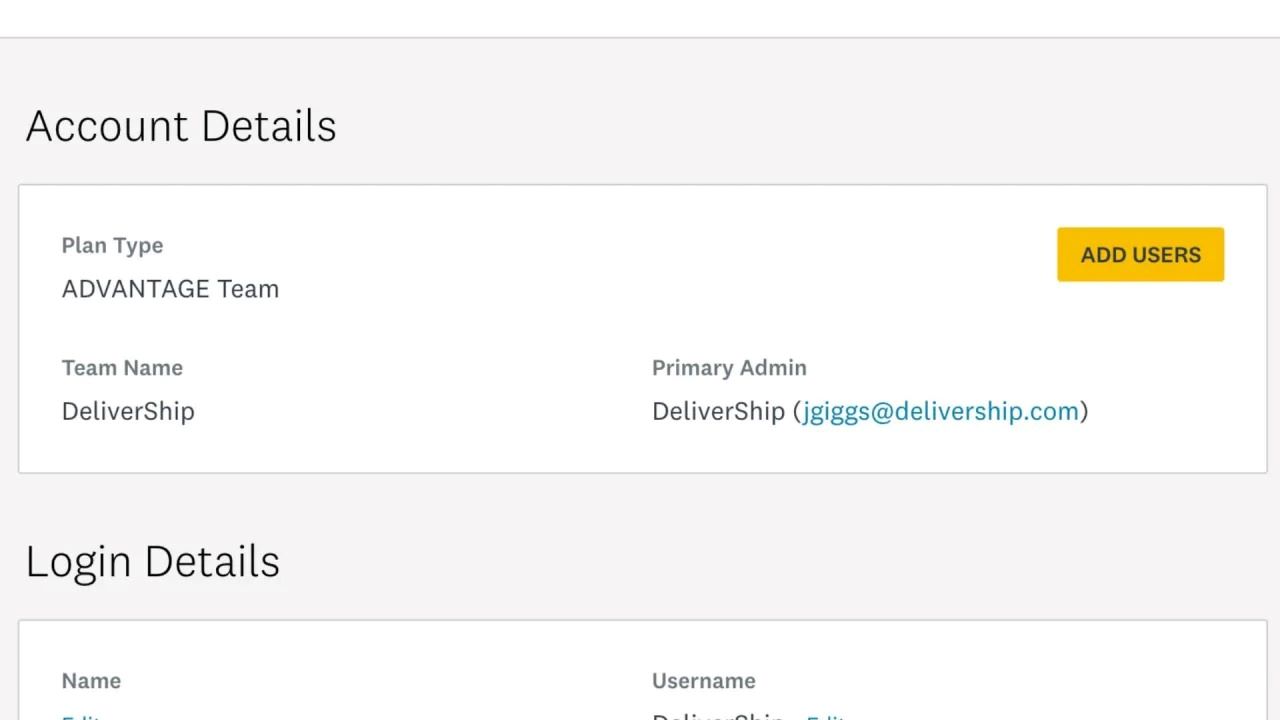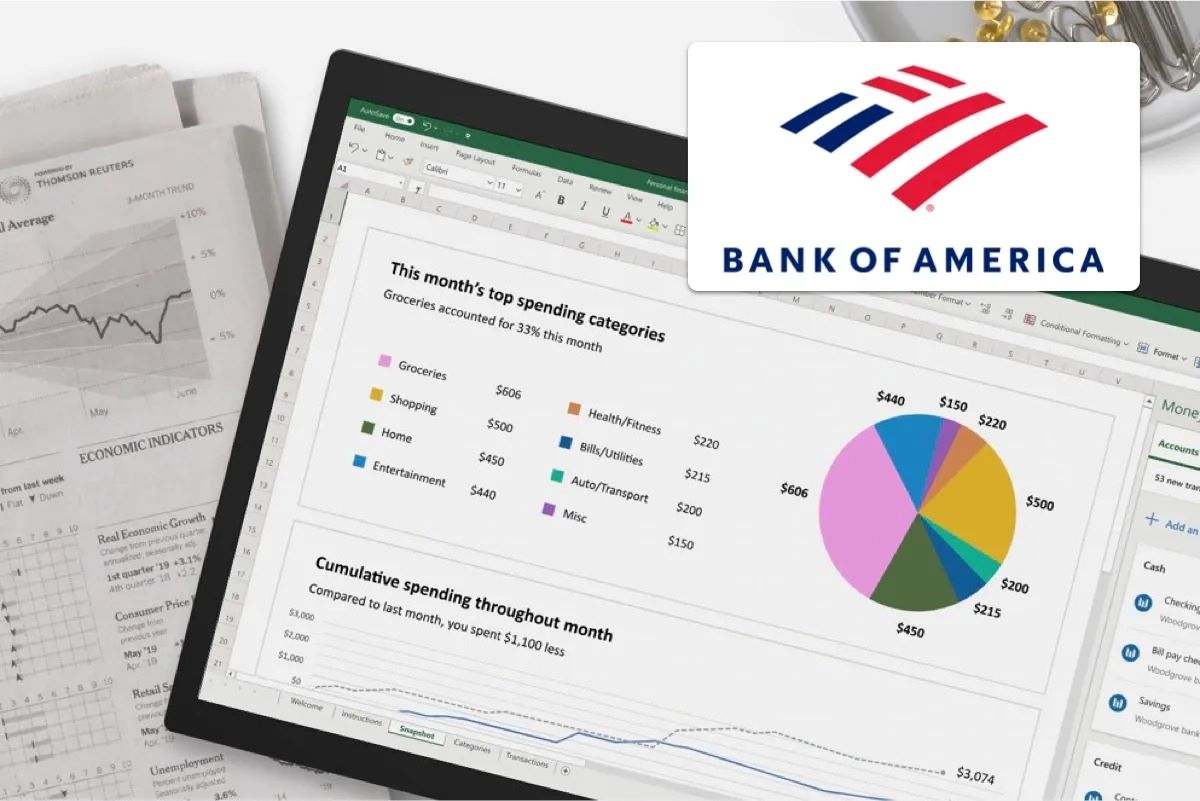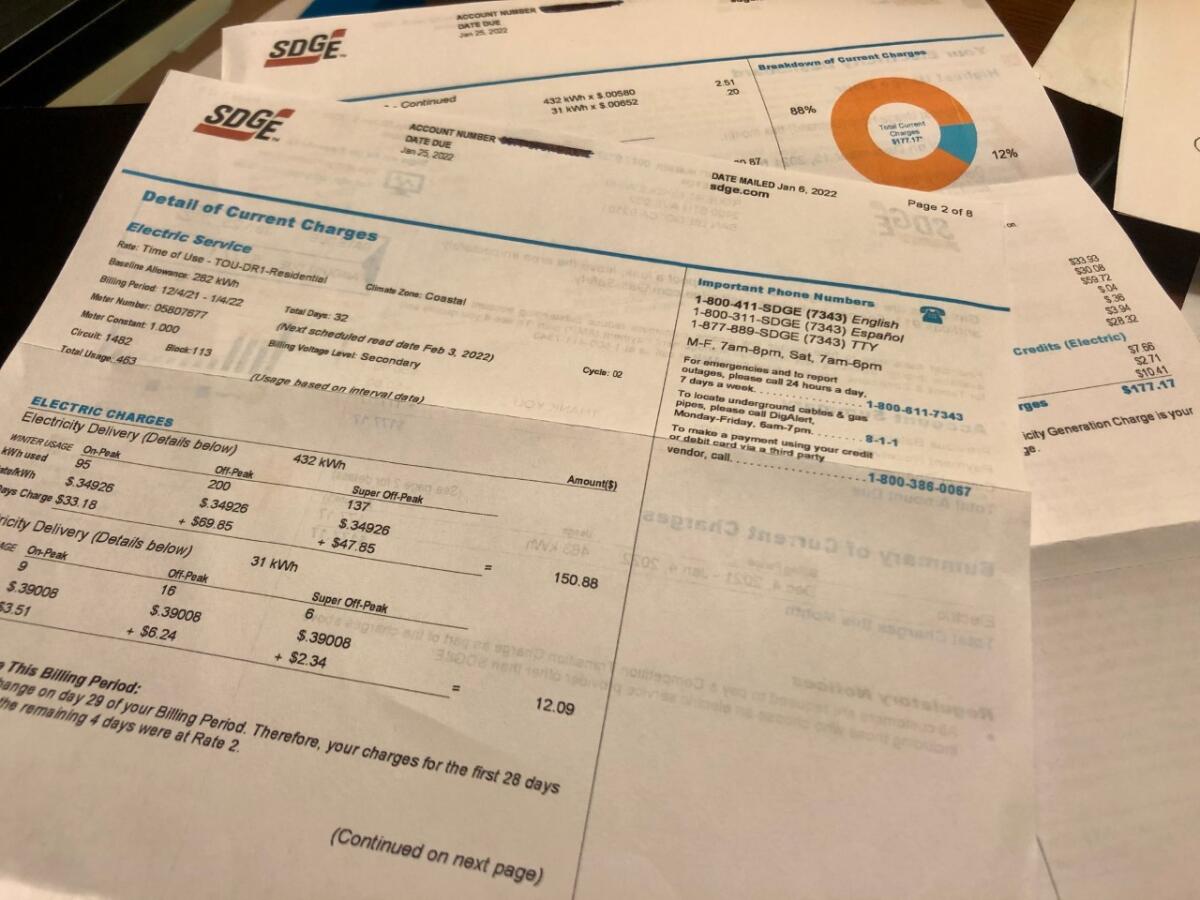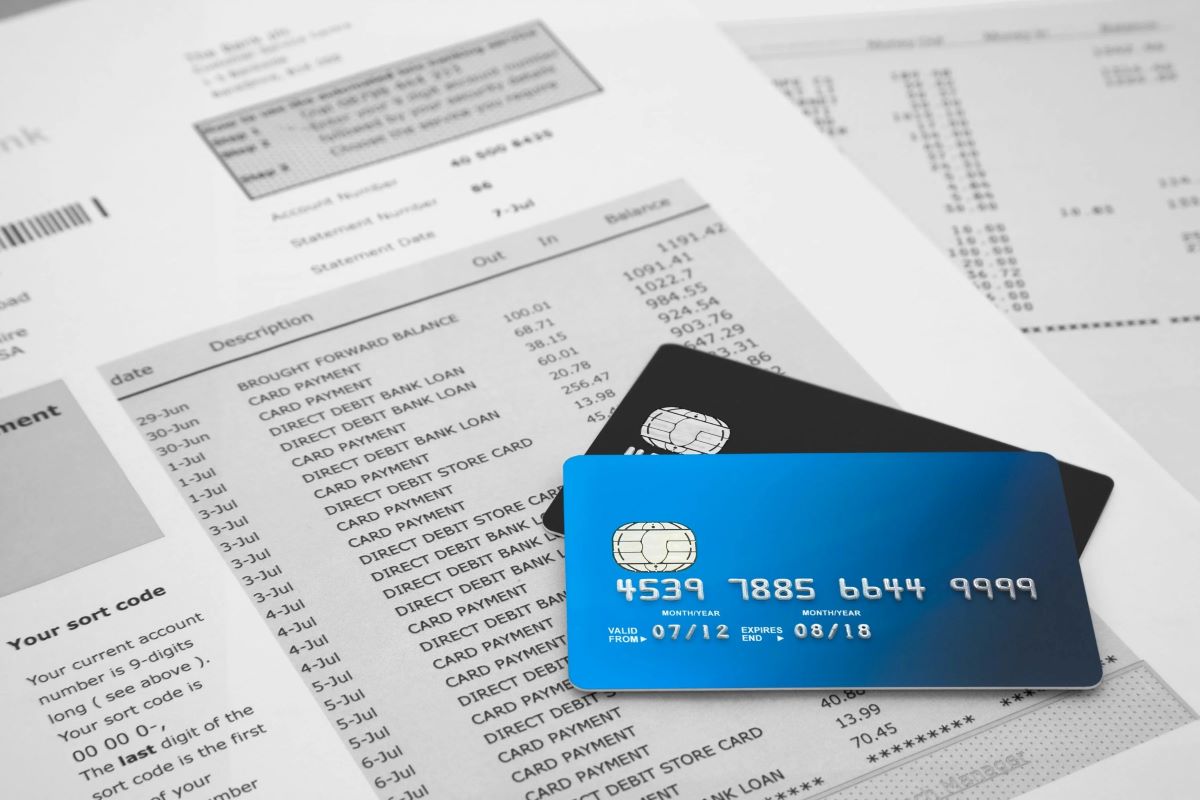Home>Finance>How Long After A Billing Cycle Ends Is A Bank Statement Mailed


Finance
How Long After A Billing Cycle Ends Is A Bank Statement Mailed
Published: March 7, 2024
Discover how long it takes for a bank statement to be mailed after the end of a billing cycle. Get insights on finance and banking processes.
(Many of the links in this article redirect to a specific reviewed product. Your purchase of these products through affiliate links helps to generate commission for LiveWell, at no extra cost. Learn more)
Table of Contents
Introduction
Understanding the intricacies of banking procedures and financial documentation is crucial for managing personal or business finances effectively. One common query that arises in this context is the timing of bank statement mailings in relation to the end of a billing cycle. This article aims to shed light on this topic, providing valuable insights into the process of generating and mailing bank statements, the factors influencing the timing of these mailings, and the significance of receiving bank statements promptly.
Bank statements serve as vital records of financial transactions, enabling individuals and businesses to monitor their income, expenses, and overall financial health. The timing of receiving these statements can impact one's ability to reconcile accounts, identify discrepancies, and make informed financial decisions. Therefore, understanding the timeline involved in the generation and mailing of bank statements is essential for ensuring effective financial management.
In the subsequent sections, we will delve into the intricacies of billing cycles, the process of generating and mailing bank statements, the factors influencing the timing of these mailings, and the importance of promptly receiving bank statements. By gaining a comprehensive understanding of these aspects, readers will be better equipped to navigate the realm of banking and financial documentation with confidence and clarity.
Understanding Billing Cycles and Bank Statements
Before delving into the timing of bank statement mailings, it is essential to grasp the concept of billing cycles and their relevance to bank statements. A billing cycle, also known as a statement period, is the duration for which a credit card or financial account’s transactions are compiled to generate a statement. Typically, billing cycles last for about 28 to 31 days, during which all transactions, including purchases, payments, and other account activities, are recorded.
Bank statements, on the other hand, provide a comprehensive summary of all transactions and account activities that occurred within a specific period, usually corresponding to the billing cycle. These statements encompass details such as deposits, withdrawals, cleared checks, electronic transfers, and service charges, offering a comprehensive overview of an account’s financial inflows and outflows.
Understanding the correlation between billing cycles and bank statements is crucial for individuals and businesses to effectively reconcile their accounts, track expenses, and identify any discrepancies or unauthorized transactions. By reviewing bank statements within a reasonable timeframe, account holders can promptly address any irregularities and maintain accurate financial records.
As we delve deeper into the process of generating and mailing bank statements, it is important to recognize the significance of aligning these statements with the corresponding billing cycles. This synchronization ensures that account holders receive timely and accurate records of their financial activities, facilitating informed decision-making and financial management.
The Process of Generating and Mailing Bank Statements
The generation and mailing of bank statements involve a systematic process aimed at providing account holders with accurate and comprehensive records of their financial transactions. Once the billing cycle concludes, financial institutions initiate the process of compiling transaction data and creating individualized bank statements for each account holder.
Initially, the bank’s internal systems aggregate all transactions, including deposits, withdrawals, transfers, and fees, recorded during the billing cycle. This process entails meticulous attention to detail to ensure that every transaction is accurately reflected in the corresponding bank statement. Subsequently, the compiled data is formatted into a structured statement, often including a detailed transaction history, beginning and ending balances, interest earned or charged, and any additional relevant information.
Following the generation of bank statements, financial institutions embark on the mailing phase, where physical or electronic statements are disseminated to account holders. For physical mailings, the bank prints the statements, encloses them in envelopes, and dispatches them via postal services to the respective account holders’ addresses on file. Alternatively, some financial institutions offer electronic statements, commonly referred to as e-statements, which are securely delivered to account holders’ registered email addresses or made accessible through online banking portals.
It is important to note that the timing of mailing bank statements is influenced by various factors, including the institution’s internal processes, postal delivery times, and the account holder’s location. As a result, the duration between the end of a billing cycle and the receipt of a bank statement may vary for different account holders.
By comprehending the meticulous process of generating and mailing bank statements, account holders can appreciate the effort and precision involved in providing them with accurate and timely financial records. This understanding underscores the importance of promptly reviewing bank statements upon receipt to ensure the accuracy of the information and to address any potential discrepancies in a timely manner.
Factors Affecting the Timing of Bank Statement Mailings
Several factors contribute to the timing of bank statement mailings, influencing the duration between the end of a billing cycle and the receipt of a bank statement by the account holder. Understanding these factors provides insight into the variability of statement delivery times and the considerations involved in ensuring timely receipt of financial records.
- Internal Processing: The internal processing procedures of financial institutions play a significant role in determining the timing of bank statement mailings. Once the billing cycle concludes, the institution must compile, review, and format individualized statements for each account holder. This internal processing timeline can impact when the statements are ready for distribution.
- Postal Delivery Times: The efficiency of postal services and delivery networks directly affects the duration it takes for a bank statement to reach the account holder. Factors such as local delivery schedules, postal volume, and geographic location can influence the transit time of mailed statements.
- Statement Format: The chosen format of bank statements, whether physical mailings or electronic statements, can affect the timing of delivery. Electronic statements, commonly delivered via email or online banking platforms, may reach account holders more expediently than traditional mailings.
- Account Holder Preferences: Account holders’ preferences for receiving bank statements, whether through physical mail or electronic means, can impact the timing of statement delivery. Institutions accommodating diverse delivery preferences must consider these preferences when scheduling and dispatching statement mailings.
- Geographic Considerations: The geographic location of account holders can influence the duration of statement mailings. Remote or rural areas may experience longer delivery times compared to urban centers, impacting the overall timing of statement receipt.
By recognizing these factors, account holders can gain a nuanced understanding of the multifaceted considerations that contribute to the timing of bank statement mailings. While some elements, such as internal processing timelines, are within the purview of financial institutions, others, like account holder preferences and geographic considerations, underscore the need for institutions to accommodate diverse delivery needs and optimize statement delivery processes.
Importance of Timely Receipt of Bank Statements
Timely receipt of bank statements holds significant implications for individuals and businesses, playing a pivotal role in financial management, accountability, and fraud detection. Understanding the importance of promptly receiving and reviewing bank statements empowers account holders to maintain accurate financial records and make informed decisions based on their financial activities.
Financial Oversight and Reconciliation: Prompt receipt of bank statements allows account holders to diligently reconcile their accounts, ensuring that all transactions are accurately recorded and accounted for. This oversight is crucial for identifying discrepancies, unauthorized charges, or errors, enabling swift resolution and safeguarding the integrity of financial records.
Expense Tracking and Budgeting: Timely bank statements provide a comprehensive overview of expenses, facilitating effective budgeting and financial planning. By promptly reviewing statements, individuals and businesses can assess their spending patterns, identify areas for cost optimization, and make informed decisions to achieve their financial goals.
Early Detection of Irregularities: Rapid access to bank statements enhances the ability to detect fraudulent or unauthorized transactions. Prompt review of statements enables account holders to identify and report any suspicious activities, mitigating potential financial losses and safeguarding against fraudulent behavior.
Compliance and Record-Keeping: Timely receipt of bank statements supports regulatory compliance and record-keeping requirements for individuals and businesses. Access to up-to-date financial records is essential for tax reporting, audits, and maintaining comprehensive financial histories.
Decision-Making and Financial Planning: The timely availability of bank statements empowers account holders to make informed financial decisions. Whether evaluating investment opportunities, assessing loan eligibility, or planning for major purchases, having current and accurate financial records is indispensable for sound decision-making.
Dispute Resolution and Customer Protection: In the event of billing disputes or discrepancies, prompt access to bank statements enables account holders to initiate resolution processes swiftly. Timely review and reporting of discrepancies contribute to customer protection and support the integrity of financial transactions.
By recognizing the multifaceted importance of timely receipt of bank statements, account holders can prioritize the prompt review of their financial records, thereby enhancing financial transparency, accountability, and decision-making capabilities.
Conclusion
Understanding the timing of bank statement mailings in relation to the end of a billing cycle is integral to effective financial management. The correlation between billing cycles and the generation and delivery of bank statements underscores the significance of promptly receiving and reviewing these financial records.
By comprehending the meticulous process of generating and mailing bank statements, account holders gain insight into the effort and precision involved in providing them with accurate and timely financial records. The internal processing procedures of financial institutions, postal delivery times, statement formats, account holder preferences, and geographic considerations collectively influence the timing of statement mailings, highlighting the multifaceted considerations involved in ensuring timely delivery.
Timely receipt of bank statements holds substantial importance, facilitating financial oversight, expense tracking, early detection of irregularities, compliance, decision-making, and dispute resolution. Prompt review of statements empowers account holders to maintain accurate financial records, make informed decisions, and safeguard against fraudulent activities, underscoring the pivotal role of timely statement delivery in financial transparency and accountability.
In conclusion, the timing of bank statement mailings is a critical aspect of financial administration, impacting individuals and businesses’ ability to manage their finances effectively. By recognizing the intricacies of this process and the importance of timely statement receipt, account holders can navigate the realm of banking and financial documentation with clarity and diligence, ensuring the integrity and transparency of their financial records.














